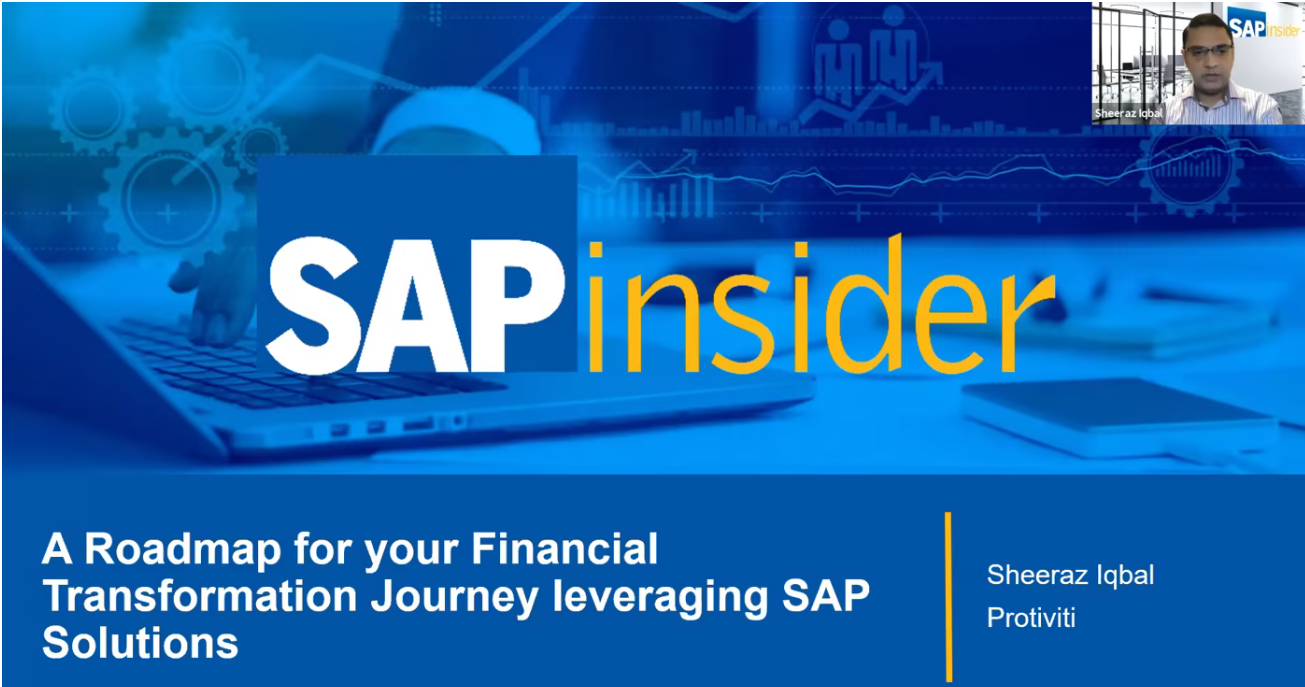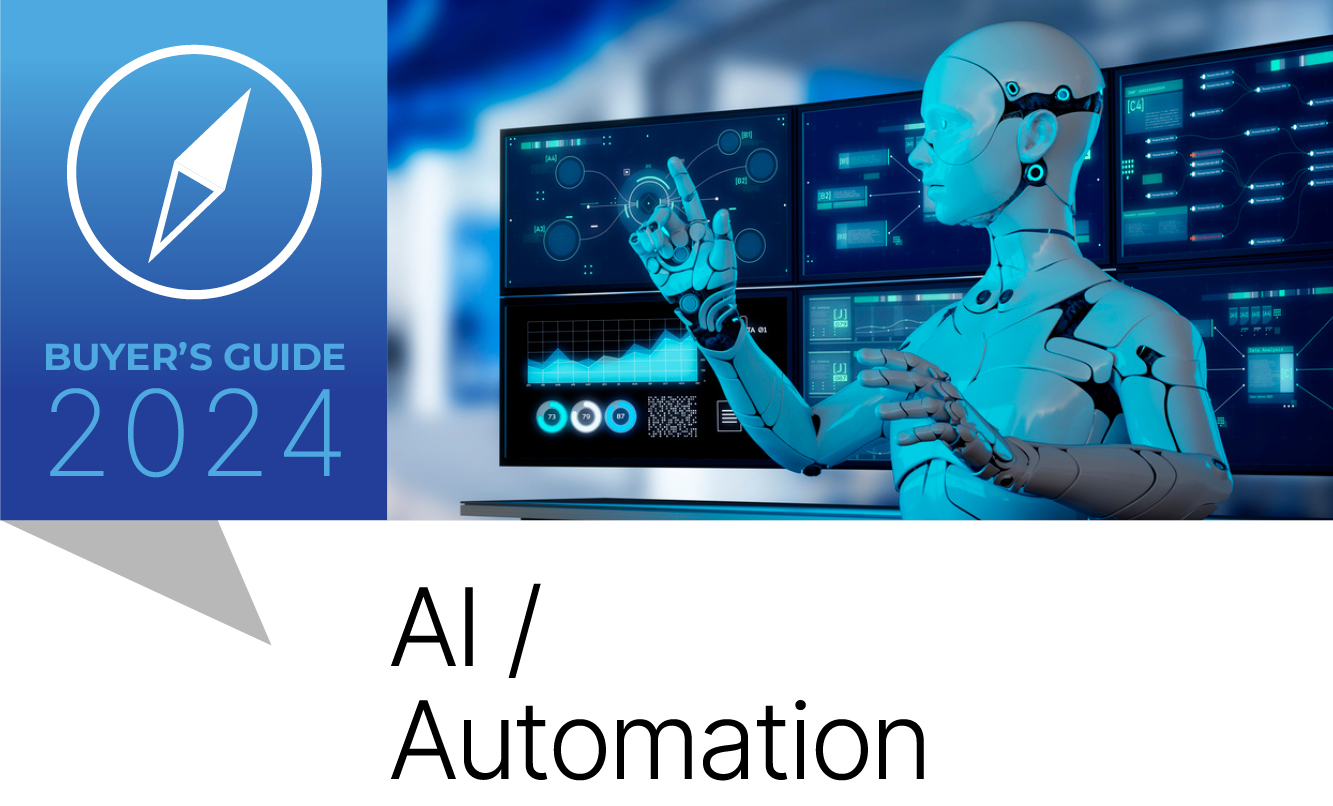Visualize a Career in BI
Meet the Experts
For this guest column, insiderPROFILES recently sat down with Mico Yuk, CEO of BI Brainz, a business intelligence (BI) consulting firm focused on enterprise visual solutions, big data, reporting, mobile applications, and SAP BusinessObjects BI solutions. Yuk discusses how she got her start in BI and why she finds the world of data visualization so appealing. She also shares her insight into her transition from a data scientist to working as a consultant in the SAP BusinessObjects BI solutions space. As cofounder of the Analytics on Fire community and podcast, author of Data Visualization for Dummies, a global keynote speaker, BI influencer, avid blogger, and an advisor for BI Expert, Yuk shares how she cultivated her interest in visualization into a successful consulting business and how she stays on top of the growing market.
Q: As a computer engineer, what drew you to focus on enterprise dashboards and data visualization?
I started my career working with IBM mainframe SAS systems that had no visuals at the time. One of my first consulting jobs was working with LG Electronics executives, who began demanding to “see their data.” They weren’t looking for numbers on a spreadsheet; they wanted a way to visualize their data. That was the first time I encountered data visualization. Dashboards came later; my first exposure to enterprise BI dashboards was working on a tool called
SAP BusinessObjects Dashboards (formerly Xcelsius). I marveled at how quickly people could interpret tons of data on a single screen and make quick decisions. Coming from an artsy background with a love for technology, I was genuinely fascinated. I always wanted to be an artist, and creating data visualizations gave me the opportunity to be an artist whose work had a real impact on companies and lives.
Q: What was the transition to working in business intelligence like for you?
In the SAS, data science world, you have to prove every number. You go into the mode of knowing that any number you present, you have to prove it to a point where it cannot be disproved. When I came into the BI world and started to work with dashboards and reports, I realized that users cared more about the look and feel of the data visualization rather than proving the numbers. That was probably the biggest eyeopener for me. Executives were asking for changes to make things bigger or brighter, rather than asking about the validity of the data. I quickly learned a crucial lesson: No matter how great the data, if the data visualization is poorly designed, no one will use it. It took an intentional mind shift to switch from being 100% data focused to realizing you have to appeal to the human mind if you want to drive real user adoption.
Q: What influenced you to work specifically with SAP software?
My first encounter with SAP software was when I worked at General Mills where I was tasked with using the company’s robust SAP ERP system with the help of an ABAP developer to automate a very manual supply chain process that was critical to the business. When I got further into my career and started to work with other corporations as a consultant, I kept running into more SAP software. I quickly realized it was a technology solution customers valued and heavily invested in, and one that would allow me to work for some of the biggest companies in the world. At the time, however, SAP was not yet a leader in the BI market, but once it acquired BusinessObjects, it inherited the BI market leader status and me along with it. By that time, I had built Xcelsius dashboards for executives at companies like LG Electronics, Pfizer, the US Military, Bank of America, and AllState Insurance. I came in from both ends: First I realized SAP customers were mostly major companies, then when SAP acquired the Xcelsius visualization tool, I got completely hooked.
Q: What factors led to your shift to a more analyst and consultant role in the SAP BusinessObjects BI solutions space
Coming from working on IBM mainframe SAS systems as a data scientist where I always questioned numbers and focused on data, it took me a while to understand how to avoid IT talk when addressing the business. It was an interesting transition for me because developers have a different mindset. When talking to an IT person, I could discuss code and use acronyms. As an analyst, I was not only responsible for ensuring that IT and the business understood each other, but I had to produce applications the users would love and present ideas in a way that was easily understandable to people who didn’t necessarily understand the technology. It took a complete mind shift to master the balancing act between helping IT understand the importance of the user interface while also getting the business to value the data over the interface. I would use visuals as simple as hand drawings to communicate, and that made a big difference. In June 2009, I became a blogger while working for Pfizer on a transition from a $20 million Hyperion implementation to an SAP BusinessObjects BI solution. I wondered if anyone else was as passionate as I was about working with dashboards, drawing pictures, and looking at data in different ways. I decided to start a blog to see if others were also as interested, so I started EverythingXcelsius.com. It started out small until SAP came into the picture and magnified Xcelsius in the BI marketplace. Every customer had to have it. We were well positioned because we owned the Xcelsius community both off and online. We began to teach people how to use the tool and got feedback from customers around the globe. The Xcelsius Gurus network became like a cult and remains that way even today.
Q: Can you describe the evolution from EverythingXcelsius.com to the launch of BI Brainz?
EverythingXcelsius.com and the Xcelsius Gurus network had quickly become the number-one resource for SAP BusinessObjects solution-related information online; however, in 2012 the market started shifting. Three main factors signaled it was time to move on: First, Steve Jobs barred Adobe Flash, the foundation of Xcelsius, from ever being used on mobile devices. Second, SAP changed the name of Xcelsius to SAP BusinessObjects Dashboards. And third, SAP released SAP BusinessObjects BI 4.0 with new tools like SAP BusinessObjects Design Studio and SAP Lumira as replacements for some of the SAP BusinessObjects tools like Xcelsius. With the acquisition of Business Objects and the release of these new tools, many executives sought me out for help. With the rise of big data, in-memory computing, SAP HANA, and the cloud, it was clear that data visualization was going to become a necessity rather than a nice-to-have for companies seeking to compete in the global economy. That’s why BI Brainz’s primary focus is to help companies gain insight from their big data through the use of analytics and mobile applications.
We built our entire company from social media and our blog, which is uncommon in this industry. Today, we obviously are a lot bigger; we’ve helped about 25% of the Fortune 500 companies with some form of SAP or BI solution around the world. But we started strictly through sharing tips and techniques and a passion for where we felt the product should go, and then social media helped everything come together.
Q: You are CEO of a growing company, an SAP mentor, a BI Expert advisor, and an avid blogger; how do you balance all of these roles?
Something I’ve always loved doing that drives the passion for these tools and what we produce in the community is talking to customers. I spend a lot of time listening to customers at all levels: the BI managers, the C-level executives, even the developers. We make 90% of our decisions based on customer feedback. We recently relaunched our BI Brainz Analytics on Fire community and podcast (www.bibrainz.com/aof) where we share those private customer conversations with the BI community. Balance? There is no balance; our passion is at the base of everything. My team understands that our customers are first, and we continue to allow that to drive the direction of our company, community, and feature products. The reason we stay in the SAP world is because it has such a rich customer base. It’s very exciting to work in so many industries. We have an incredible team, insanely demanding community, great customers, and I love what we do: That’s what keeps me going.
Q: Throughout your career, where have you turned to for training and to stay on top of the rapidly evolving BI market?
BI Brainz attends and exhibits at top industry events such as the SAPinsider BI and HANA conferences in the US and Europe. I also present multiple sessions to share our latest techniques, network, and get a pulse for what customers are saying and wanting. As one of the first homes we found after the Business Objects acquisition, we’re avid fans of SAPinsider. It helps us as a company to stay engaged in the global community. We love the continuity of the events; there are people we see every year. We get to talk with customers and hear their needs and concerns. Outside of events, I have other ways that I keep in touch. The most important is directly keeping in touch with customers. The second one is through social media: I follow a lot of hashtags, I’m on Twitter and LinkedIn, and I subscribe to lots of tech magazines including SAPinsider and insiderPROFILES online. There is a lot of great information in the SAP Experts knowledgebases as well. With Twitter, everything happens in real time. I use feed.ly to track hashtags like #bigdata, #dataviz, #iot, #cloud-BI, and #SAPHANA, and I follow most of the top thought leaders. Lastly, I talk a lot to SAP employees. They are a good source of information and way to stay connected.
Q: What are the biggest trends in the industry, and how does SAP shape them?
Some of the biggest trends are in big data and the Internet of Things (IoT). Big data has opened huge doors since almost 80% of the data in 2017 will be unstructured and is growing at an unimaginable pace. While I feel the hardware is catching up to manage this volume of data, companies now need to work with vendors like BI Brainz who seek to build more than reports on top of their data. There is also cloud and mobility. The cloud allows companies to deploy applications and test in less than half of the time. We focus on quick wins in the first 30 days. Mobility has enabled us to put everything at the fingertips of every user 24/7. It’s a beautiful, incredible evolution and a breakthrough in how to increase user engagement. We use this and other tactics to drive user adoption. For SAP, the development of SAP HANA is critical because SAP built its entire company off of an ERP system. SAP customers have accumulated a lot of data and now want the ability to analyze it quickly to make decisions. With SAP HANA, SAP has positioned itself to help these companies take their data and make sense of it with an end-to-end portfolio. Big customers need SAP HANA because it allows them to tie in their current investments so they’re able to stay ahead of their competitors without disrupting their business. SAP’s focus on big data and the cloud is great for their customers. I like that SAP takes a holistic view of the market, and then picks out what it wants to look like, keeping the needs of its customers at the forefront.
Q: What is your advice for others who hope to enter into the BI field?
For newbies in the BI field, I would recommend that you stay focused and don’t get overwhelmed. SAP has a lot of software. Instead of trying to be a master of everything, figure out what you’re good at and master that. A quick way to do that is by attending the hands-on workshops at the SAPinsider events. You get to try all the SAP software and get a knack for what you like and don’t like. It’s an excellent way to determine your direction. Focus on becoming an expert. That’s what business users want right now.






